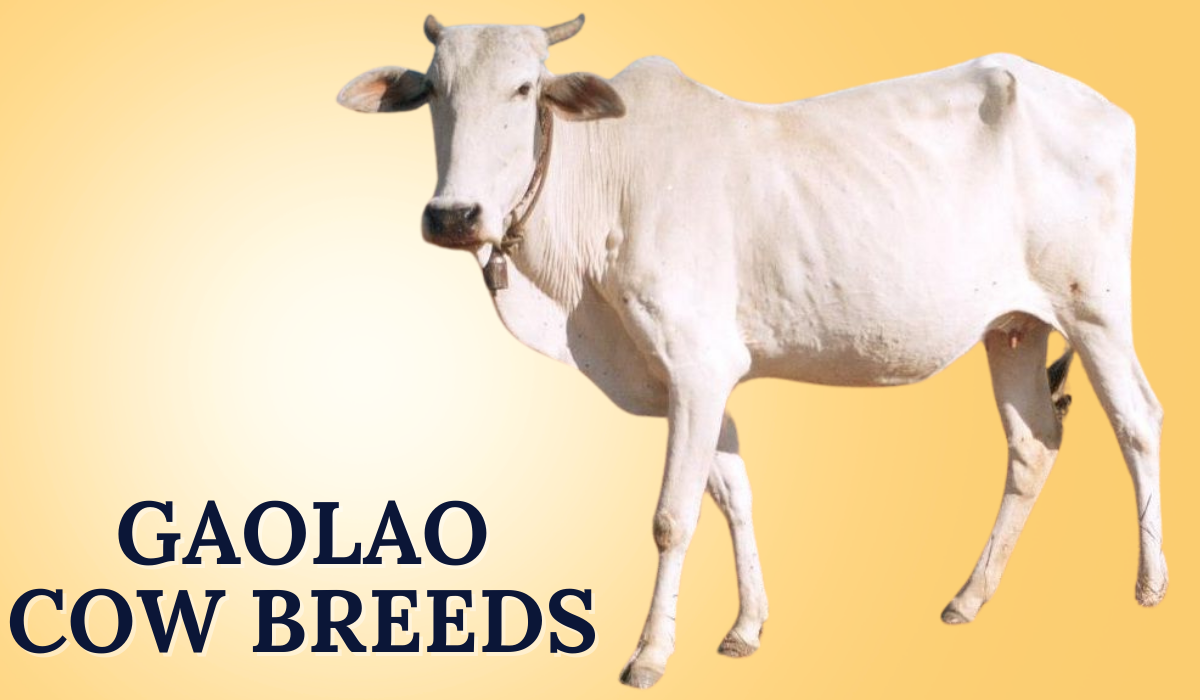India is a land of immense cultural diversity, with a rich tapestry of traditions that reflect its ancient heritage. Among the many expressions of this heritage are the vibrant festivals celebrated throughout the country. Each festival tells a unique story, representing a blend of spirituality, seasonal changes, and agricultural cycles. These celebrations are not only significant in their religious and historical contexts but also serve as a means for communities to come together, reinforcing bonds and fostering a sense of belonging. From the colorful festivities of Holi to the solemn observances of Maha Shivaratri, India’s ancient festivals are a testament to the country’s deep-rooted cultural values.
As we explore these ancient festivals, we find that they encompass a wide array of customs, rituals, and practices that have been passed down through generations. Many of these celebrations have evolved over time, incorporating elements from various regions and communities while still retaining their original essence. The festivals are often marked by elaborate rituals, traditional foods, music, dance, and art, each contributing to the festive spirit. In a world that is rapidly changing, these ancient festivals provide a vital link to the past, reminding us of the importance of heritage and the joy of communal celebrations. Join us on a journey through the ancient festivals of India, where each celebration offers a glimpse into the country’s rich cultural legacy.
Ancient Festivals of India
1. Diwali – The Festival of Lights
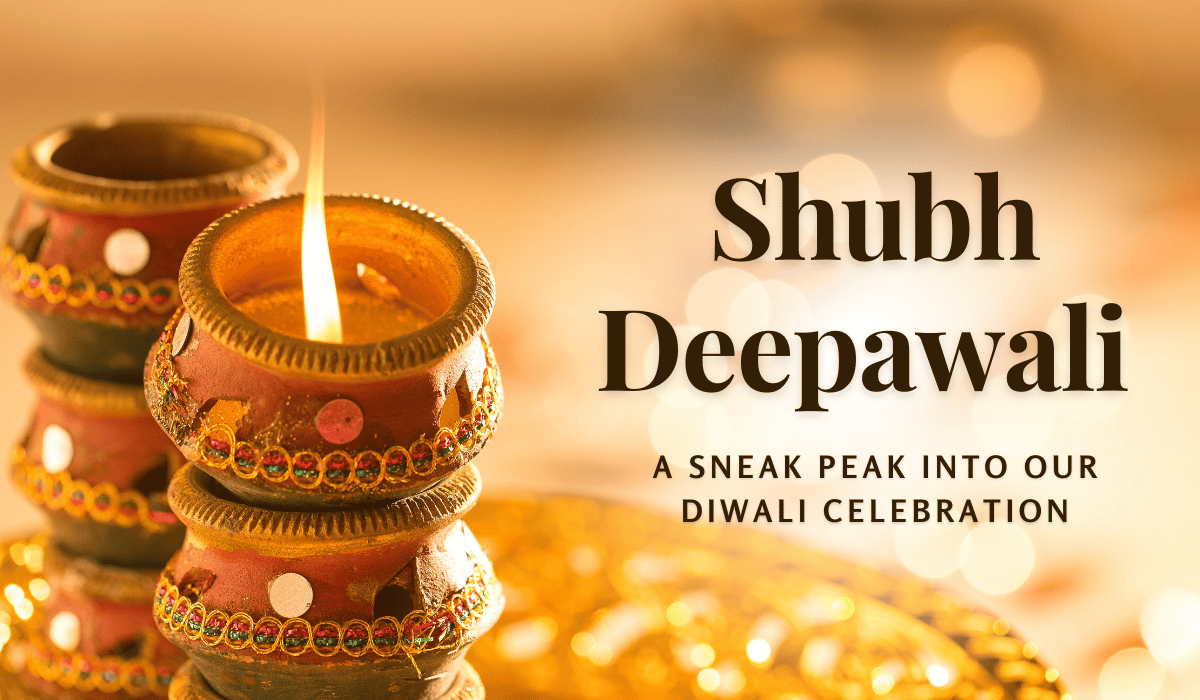
Diwali, also known as Deepavali, is one of the most widely celebrated festivals in India. Originating from ancient Hindu scriptures, this festival signifies the victory of light over darkness and good over evil. Traditionally celebrated over five days, Diwali culminates in the new moon night of Kartika month (October-November). The festival is marked by the lighting of oil lamps (diyas), decorating homes with rangoli, and bursting fireworks.
Each day of Diwali holds significance: Dhanteras marks the onset of the festival, Naraka Chaturdashi commemorates the victory of Lord Krishna over the demon Narakasura, and the main day of Diwali celebrates the return of Lord Rama to Ayodhya after defeating Ravana. People offer prayers to Goddess Lakshmi, the deity of wealth, and share sweets and gifts, fostering a sense of community and joy.
2. Holi – The Festival of Colors
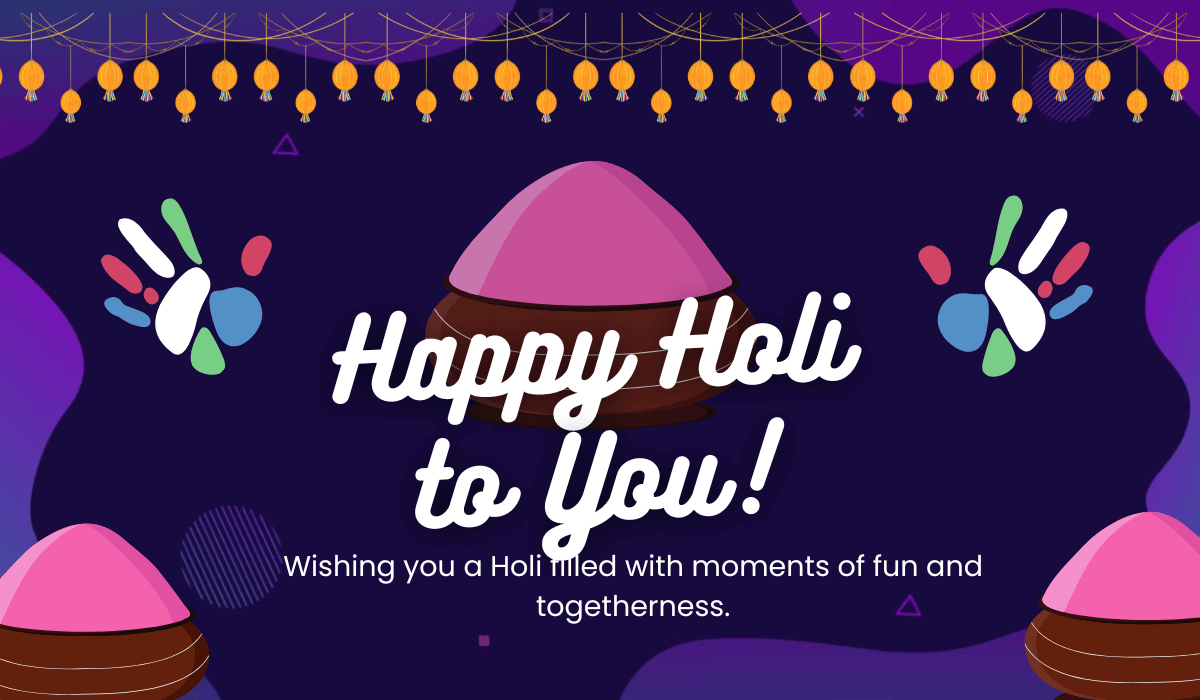
Holi, celebrated primarily in March, is an ancient festival that heralds the arrival of spring and the end of winter. It is associated with various legends, the most popular being the tale of Prahlada and Holika, which signifies the triumph of devotion over evil. The festival is marked by vibrant colors, music, and dance, as people throw colored powders (gulal) at each other, symbolizing the joyous spirit of the season.
The night before Holi, bonfires are lit to signify the burning of Holika, and people gather to sing and dance. On the day of Holi, communities come together to celebrate unity and love, irrespective of social barriers. This festival not only brings joy but also emphasizes forgiveness, renewal, and the strengthening of bonds among family and friends.
3. Navaratri – The Festival of Nine Nights
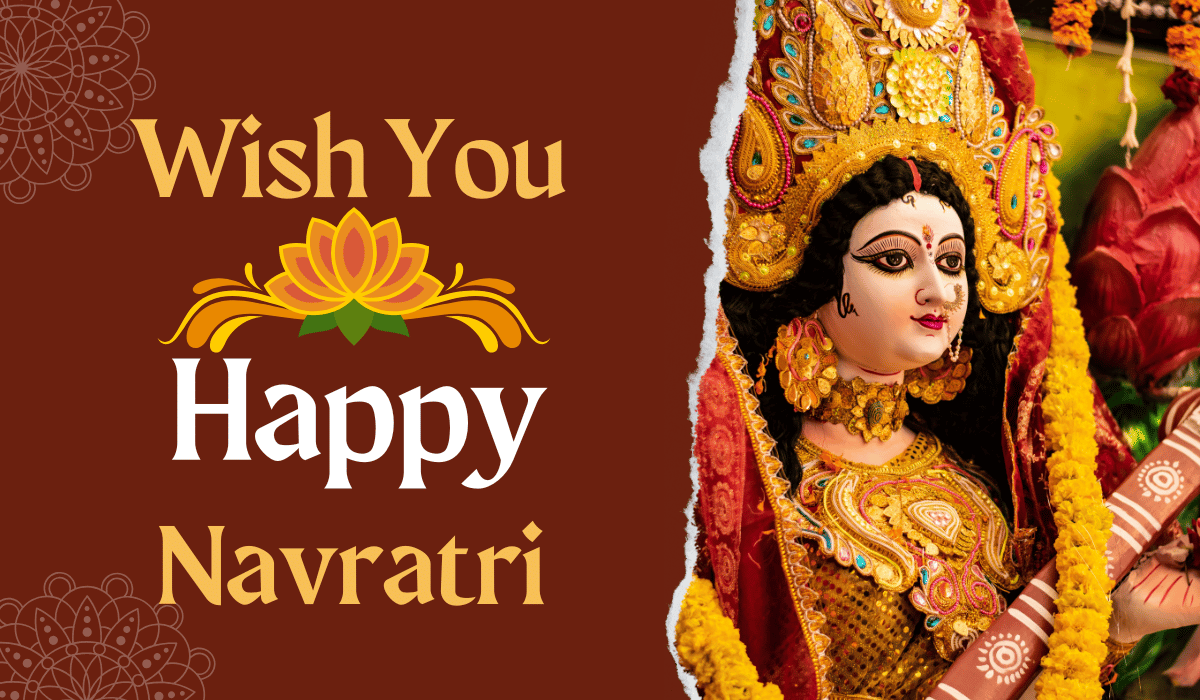
Navaratri is a significant Hindu festival dedicated to the worship of Goddess Durga. Spanning nine nights, Navaratri usually occurs in September or October and symbolizes the battle between good and evil. Each day is devoted to a different form of the goddess, and devotees engage in fasting, prayer, and dance.
The festival culminates in Dussehra, which celebrates the victory of Lord Rama over Ravana, showcasing the triumph of dharma (righteousness) over adharma (evil). The dance form Garba and Dandiya Raas are integral to Navaratri, as communities come together to celebrate through music and dance, fostering unity and devotion.
4. Makar Sankranti – The Harvest Festival
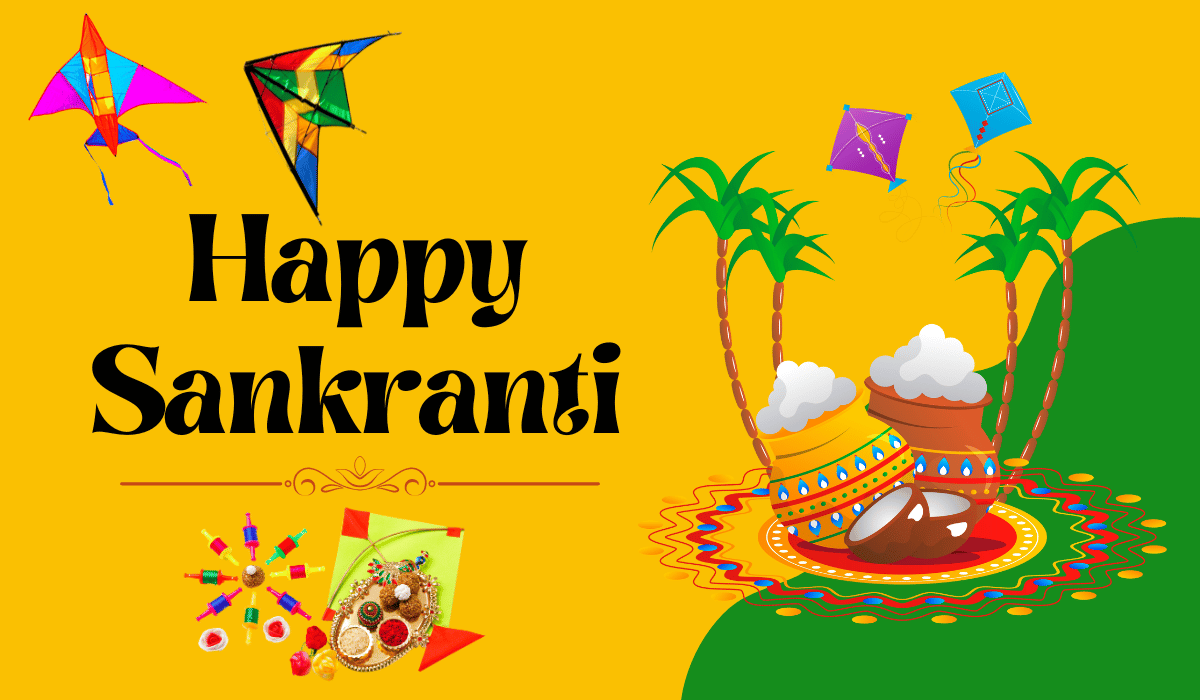
Makar Sankranti, celebrated in January, marks the transition of the sun into the zodiac sign of Capricorn (Makara) and signifies the end of the winter solstice. This ancient festival celebrates the harvest season and is observed with various regional traditions across India.
In Punjab, it is celebrated as Lohri, where bonfires are lit, and people gather to sing and dance. In Gujarat, people fly kites, symbolizing the spirit of joy and competition. The festival emphasizes gratitude for the harvest, family gatherings, and the importance of nature in our lives. It reflects the agrarian roots of Indian society and showcases the diversity of customs across different regions.
5. Pongal – The Tamil Harvest Festival
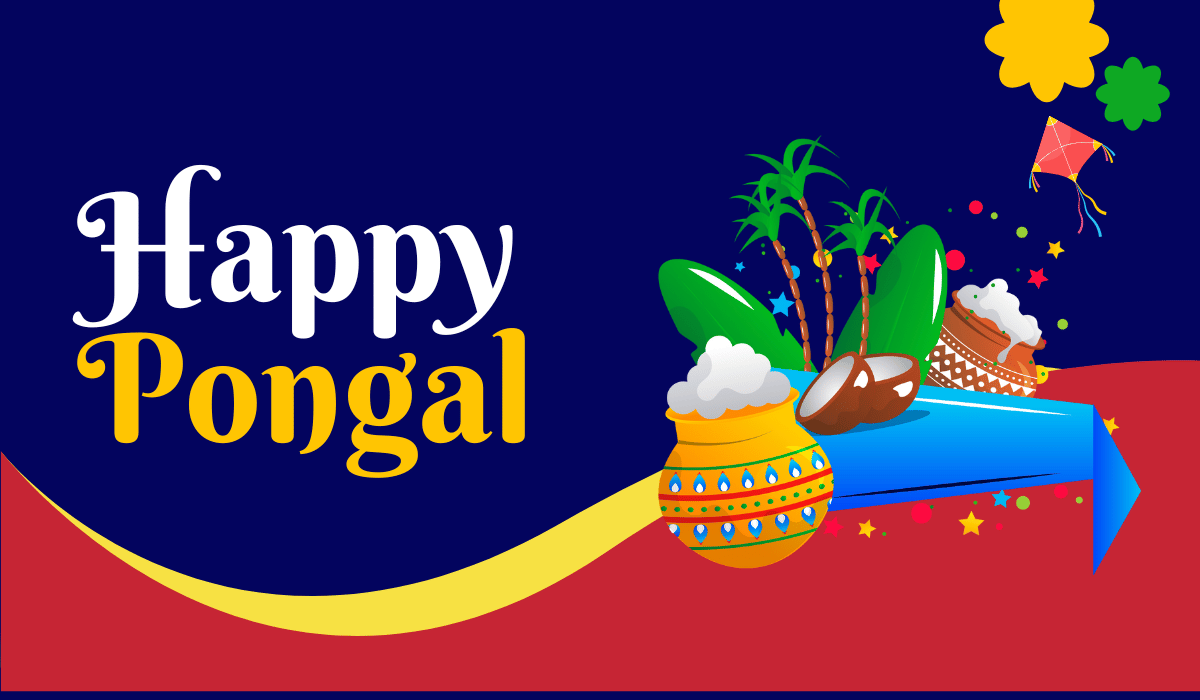
Pongal is a prominent harvest festival celebrated primarily in Tamil Nadu. Spanning four days in January, it honors the sun god, Surya, and expresses gratitude for the bountiful harvest. The festival gets its name from the Tamil word “Pongal,” which means “to boil,” referring to the traditional dish prepared during the celebration.
Families prepare a special dish of rice boiled with milk and jaggery, symbolizing prosperity and abundance. The festival is marked by colorful kolams (decorative patterns made with rice flour) at entrances, as well as traditional music, dance, and rituals that celebrate nature and agriculture. Pongal embodies the values of gratitude, family unity, and respect for the environment.
6. Onam – The Harvest Festival of Kerala
Onam is a major harvest festival celebrated in Kerala, lasting for ten days, usually in August or September. It commemorates the homecoming of the mythical King Mahabali, whose reign is associated with prosperity and happiness. The festival showcases the rich cultural heritage of Kerala through various activities, including traditional dance, music, and elaborate feasts.
The highlight of Onam is the grand feast known as Onam Sadhya, served on banana leaves and featuring a variety of dishes. Additionally, the floral decorations (Pookalam) and the famous snake boat races are integral parts of the festivities. Onam promotes the values of unity, harmony, and the celebration of life, transcending religious and cultural differences.
7. Baisakhi – The Sikh New Year
Baisakhi is a significant festival for Sikhs, celebrated in April to mark the harvest season and the Sikh New Year. It holds historical importance as it commemorates the formation of the Khalsa by Guru Gobind Singh in 1699. The festival is characterized by vibrant celebrations, including traditional dance forms like Bhangra and Gidda.
Communities come together to celebrate with music, dance, and delicious food, fostering a sense of togetherness and gratitude. Baisakhi also emphasizes the importance of agriculture and the hard work of farmers, reflecting the deep connection between culture and nature in Indian society.
8. Janmashtami – The Birth of Lord Krishna
Janmashtami, celebrated in August, marks the birth of Lord Krishna, one of the most revered deities in Hinduism. This festival is steeped in ancient traditions and stories, particularly the legends of Krishna’s childhood. Devotees observe fasting, night vigils, and singing bhajans (devotional songs) in celebration.
The festivities are particularly vibrant in Mathura and Vrindavan, where reenactments of Krishna’s life, known as Ras Leela, take place. Dahi Handi, a popular event where teams form human pyramids to break a pot of curd hung high, symbolizes the playful nature of Lord Krishna. Janmashtami promotes themes of love, devotion, and the importance of community in spiritual practices.
9. Karva Chauth – The Festival of Wives
Karva Chauth is an ancient festival celebrated by married Hindu women, primarily in North India, where they observe a day-long fast for the well-being and longevity of their husbands. This festival falls on the fourth day after the full moon in the month of Kartika, usually in October or November.
Women dress in traditional attire, adorn themselves with jewelry, and gather to pray for their husbands’ safety and prosperity. The fast is broken only after sighting the moon, symbolizing the strength of marital bonds and the love shared between partners. Karva Chauth embodies values of devotion, sacrifice, and the celebration of love and commitment in relationships.
10. Maha Shivaratri – The Night of Lord Shiva
Maha Shivaratri, celebrated in February or March, is one of the most significant festivals dedicated to Lord Shiva, representing the triumph of light over darkness and ignorance. The festival is marked by fasting, night vigils, and prayers in temples across India, particularly in the holy city of Varanasi.
Devotees engage in chanting mantras, offering flowers and fruits, and participating in rituals that honor Lord Shiva. The night is spent in prayer and meditation, symbolizing the spiritual journey toward enlightenment. Maha Shivaratri promotes the values of introspection, devotion, and the quest for inner peace and understanding.
11. Gudi Padwa
Gudi Padwa marks the Maharashtrian New Year and is celebrated with great enthusiasm in the state of Maharashtra. It usually falls in March or April and symbolizes the arrival of spring. The festival involves the raising of the “Gudi,” a decorated pole that signifies victory and prosperity. Families prepare traditional sweets and dishes, and homes are adorned with colorful rangoli designs.
12. Bihu
Bihu is a set of three festivals celebrated in Assam, marking the agricultural calendar’s change. The most significant of these is Rongali Bihu, celebrated in April to welcome the Assamese New Year and the arrival of spring. The festival involves traditional dance, music, and feasting, showcasing the vibrant culture and communal spirit of the Assamese people.
13. Maha Kumbh Mela
The Maha Kumbh Mela is one of the largest religious gatherings in the world, held every 12 years at four holy locations in India—Haridwar, Allahabad (Prayagraj), Nashik, and Ujjain. This ancient festival attracts millions of pilgrims who come to bathe in sacred rivers, believed to cleanse their sins and grant them salvation. The Kumbh Mela is a significant event in Hindu culture, emphasizing faith, spirituality, and community.
14. Chhath Puja
Chhath Puja is an ancient festival dedicated to the Sun God (Surya) and is predominantly celebrated in Bihar and Uttar Pradesh. This four-day festival involves rigorous fasting, rituals, and offerings made to the sun, particularly on the banks of rivers. The festival highlights the significance of nature, family, and community, bringing people together in devotion and celebration.
15. Dree Festival
Dree Festival is celebrated by the Apatani tribe in Arunachal Pradesh. Held in July, this festival is a harvest celebration dedicated to deities for a good harvest. The festival involves traditional rituals, dance, music, and feasting, emphasizing community harmony and gratitude to nature.
16. Puthandu
Puthandu, also known as Tamil New Year, is celebrated in Tamil Nadu on the first day of the Tamil month of Chithirai (April). It marks the beginning of the solar year and is a time for families to come together, prepare traditional meals, and engage in festive rituals. Homes are decorated with kolams (rangoli) to welcome prosperity and happiness in the new year.
17. Lohri
Lohri is a popular Punjabi festival celebrated primarily in January to mark the end of winter and the arrival of longer days. It is celebrated with great enthusiasm, especially by farmers, as it also coincides with the harvest of sugarcane. The festival typically involves gathering around a bonfire, singing traditional songs, and dancing to Bhangra and Gidda. Families throw sweets, sesame seeds, and sugarcane into the fire as offerings, symbolizing gratitude for a bountiful harvest. Lohri is a time for community bonding, joy, and celebration of nature’s abundance.
18. Republic Day
Republic Day is celebrated on January 26th every year to commemorate the adoption of the Indian Constitution in 1950. This national festival is marked by a grand parade in New Delhi, showcasing India’s cultural heritage, military prowess, and unity in diversity. Various states present their unique cultural performances, and schools across the country hold flag-hoisting ceremonies and cultural programs. Republic Day serves as a reminder of the struggles for independence and the importance of democracy, encouraging citizens to reflect on their rights and responsibilities.
19. Guru Ravidass Jayanti
Guru Ravidass Jayanti is celebrated to honor the birth of Guru Ravidass, a prominent saint and poet in the 15th century, who preached equality, love, and compassion. This festival is particularly significant among the Dalit community and is observed on the full moon day in the month of Magh (usually February). Devotees gather in gurdwaras and community centers, reciting hymns and sharing the teachings of Guru Ravidass. The day is marked by processions, prayers, and communal meals, emphasizing unity and social harmony.
20. Mewar Festival
The Mewar Festival is celebrated in Udaipur, Rajasthan, to welcome the arrival of spring. Held in April, this festival coincides with the Hindu New Year and features a series of events showcasing the rich cultural heritage of the region. The highlight of the festival is a grand procession featuring beautifully decorated palanquins, folk dances, and traditional music. Local artisans display their crafts, and food stalls offer a variety of Rajasthani delicacies. The Mewar Festival symbolizes the revival of nature and is an opportunity for locals and tourists alike to celebrate the beauty of Udaipur.
21. Mahavir Jayanti
Mahavir Jayanti is a significant festival celebrated by Jains to commemorate the birth of Lord Mahavir, the 24th Tirthankara, who is known for his teachings on non-violence, truth, and compassion. The festival is observed on the 13th day of the waxing moon in the month of Chaitra (March or April). Devotees visit Jain temples, perform prayers, and participate in processions where the idol of Lord Mahavir is carried in a decorated chariot. Community service, including feeding the needy and charitable activities, is an integral part of the celebrations, reflecting the core principles of Jainism.
The ancient festivals of India are a reflection of the country’s rich cultural heritage, spiritual beliefs, and communal values. Each festival, with its unique rituals and significance, contributes to the tapestry of Indian tradition, fostering a sense of unity and belonging among communities. As we celebrate these festivals, we not only honor our ancestors but also keep alive the values and teachings that have been passed down through generations. Embracing these traditions allows us to connect with our roots, appreciate the diversity of our culture, and continue the legacy of joy, gratitude, and togetherness that these ancient festivals embody.


